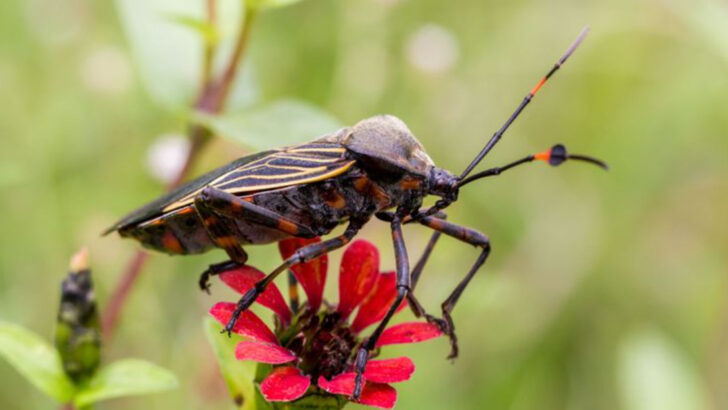Your backyard might look peaceful—but danger could be crawling just inches away. Beneath the flowers, hiding in woodpiles, or buzzing near the porch light are creatures that sting, bite, and sometimes carry nasty surprises. We’re not talking about exotic rainforest insects—these are bugs that live right outside your door. Some inject venom. Others spread disease. A few just wait for the chance to sink their jaws into bare skin. And the wildest part? Many of them are almost invisible until it’s too late. From stealthy ticks to aggressive hornets, these backyard invaders aren’t just pests—they’re potential health threats. So before you step barefoot into the grass or reach into that shady corner of the shed, get to know the 12 tiny creatures that could turn a sunny afternoon into a painful encounter.
Brown Recluse Spider
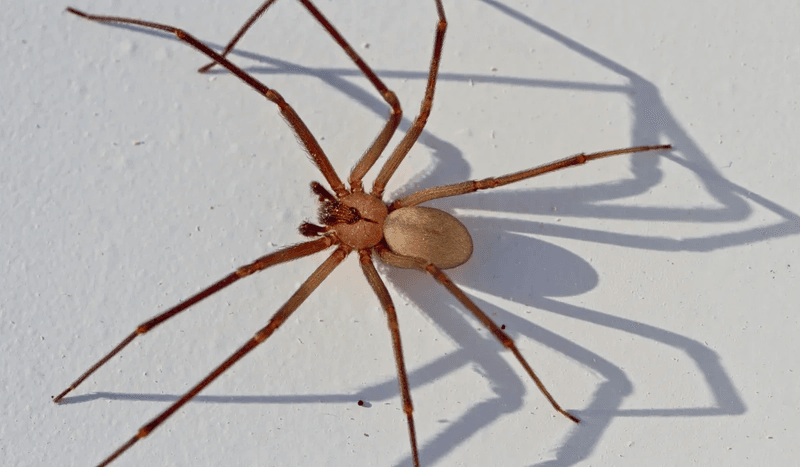
Known for its secretive nature, the Brown Recluse Spider is a master of disguise. Often hiding in dark corners, this spider can deliver a venomous bite that requires medical attention. Its unique violin-shaped marking on the back is its signature trait.
A bite from this spider can lead to serious skin necrosis. Symptoms may not appear immediately, making it crucial to seek medical advice if bitten. Although not aggressive, caution is advised when dealing with these arachnids.
Fun fact: The Brown Recluse is also known as the “fiddle-back” spider due to its distinctive back marking.
Black Widow Spider
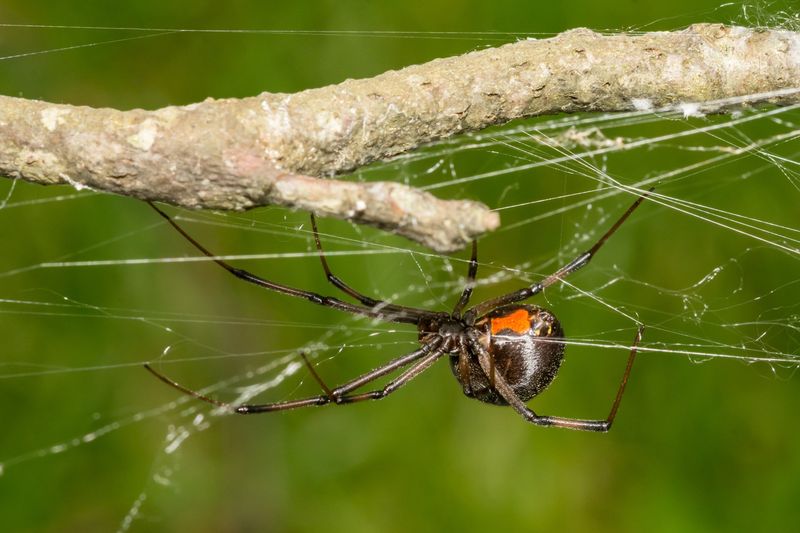
The Black Widow Spider, with its glossy black body and iconic red hourglass marking, is infamous throughout the U.S. This spider’s venom is potent, affecting the nervous system and causing symptoms like muscle pain and spasms.
Despite their dangerous reputation, Black Widows are not aggressive and tend to bite only when provoked. Their webs are often found in dark, undisturbed areas such as garages and sheds.
Did you know? The female Black Widow is much larger than the male and is typically the one responsible for the venomous bite.
Deer Tick
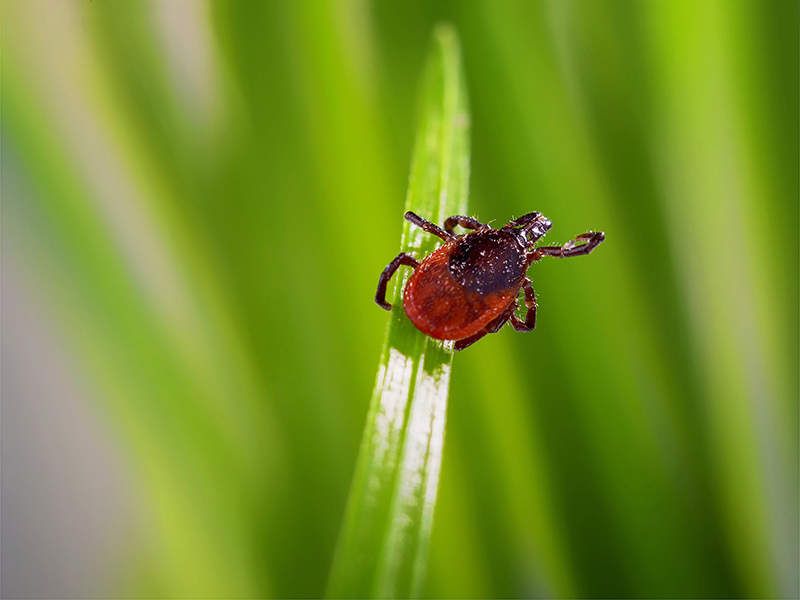
Deer Ticks, tiny but mighty, are notorious for spreading Lyme disease. Found in grassy and wooded areas, their bites can lead to severe health issues. These arachnids are incredibly small, making them difficult to detect.
It’s crucial to perform regular tick checks, especially after spending time outdoors. Early removal is key to preventing disease transmission.
Fun fact: Despite their name, Deer Ticks are not exclusive to deer; they also feed on a variety of hosts, including humans and pets.
Yellowjacket
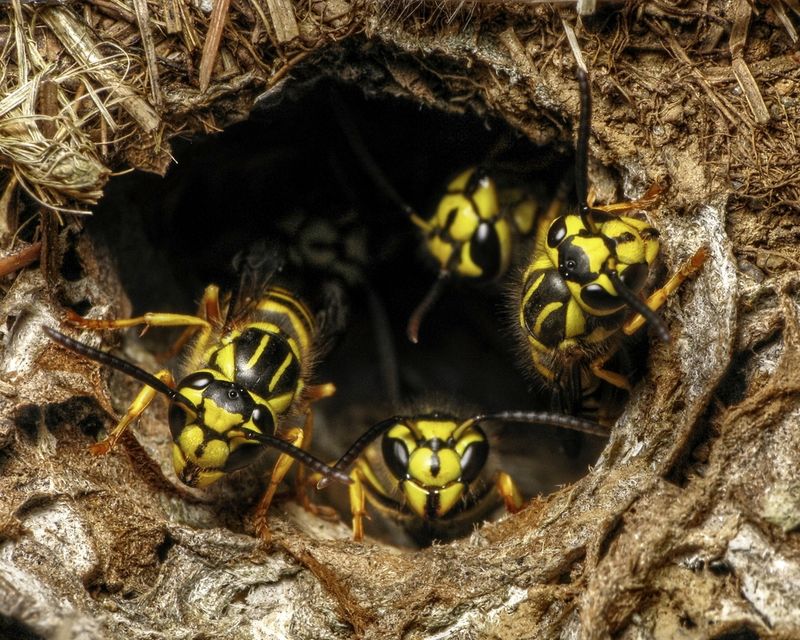
Yellowjackets, often mistaken for bees, are aggressive wasps known for their painful stings. Unlike bees, they can sting multiple times, injecting venom that can cause severe allergic reactions in some individuals.
These wasps are attracted to sugary foods, making outdoor gatherings a hotspot for encounters. Their nests are usually hidden underground or in wall cavities.
Interesting tidbit: Yellowjackets play a beneficial role in the ecosystem by preying on pest insects, despite their fearsome reputation.
Fire Ant
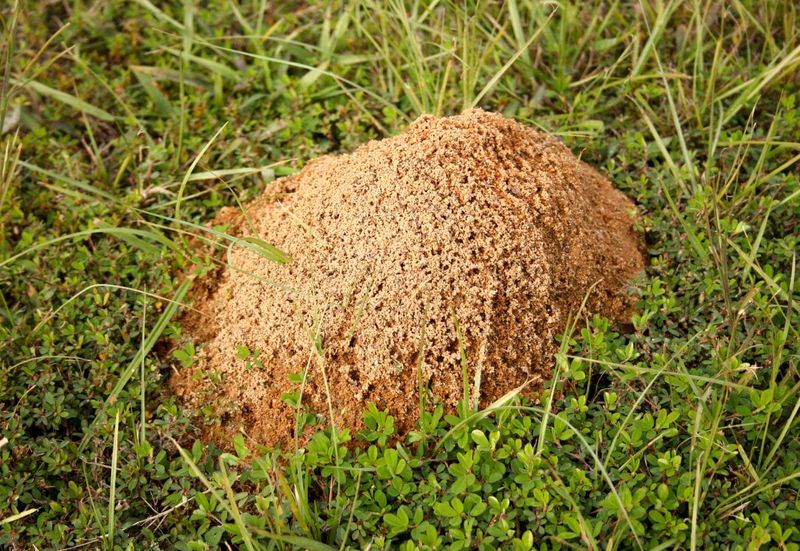
Fire Ants are infamous for their painful stings and aggressive swarming behavior. These ants build large mounds in open, sunny areas and fiercely protect their territory.
Their venomous sting can cause intense burning sensations, allergic reactions, and even death in extreme cases. Prompt treatment is necessary to alleviate symptoms.
Did you know? Fire Ants are not native to the U.S. They were accidentally introduced from South America and have since become widespread.
Mosquito
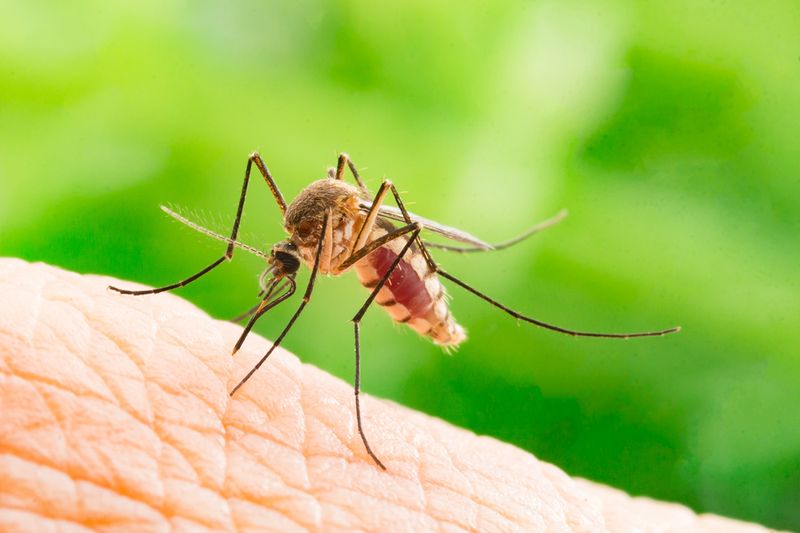
Mosquitoes are more than just a nuisance; they’re vectors for diseases like West Nile Virus and Zika. Their itchy bites result from a reaction to their saliva, which they use to draw blood.
Standing water is a breeding ground for these pests, so eliminating sources can help control their population. While repellents are effective, natural predators like bats also help keep mosquito numbers in check.
Fun fact: Only female mosquitoes bite, as they need blood to develop eggs, while males feed on nectar.
Kissing Bug
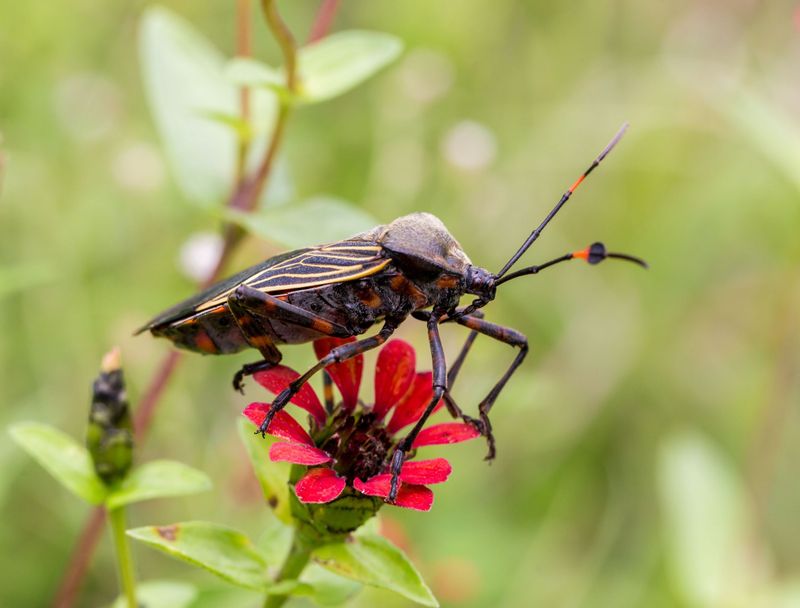
Kissing Bugs, also known as Triatomine bugs, are notorious for transmitting Chagas disease. They feed on blood, often biting humans around the mouth or eyes.
These bugs are typically found in southern U.S. states and are attracted to lights. Their bites can cause allergic reactions and potential disease transmission.
Interesting fact: The name “Kissing Bug” comes from their tendency to bite near the lips and face while people sleep.
Bald-faced Hornet
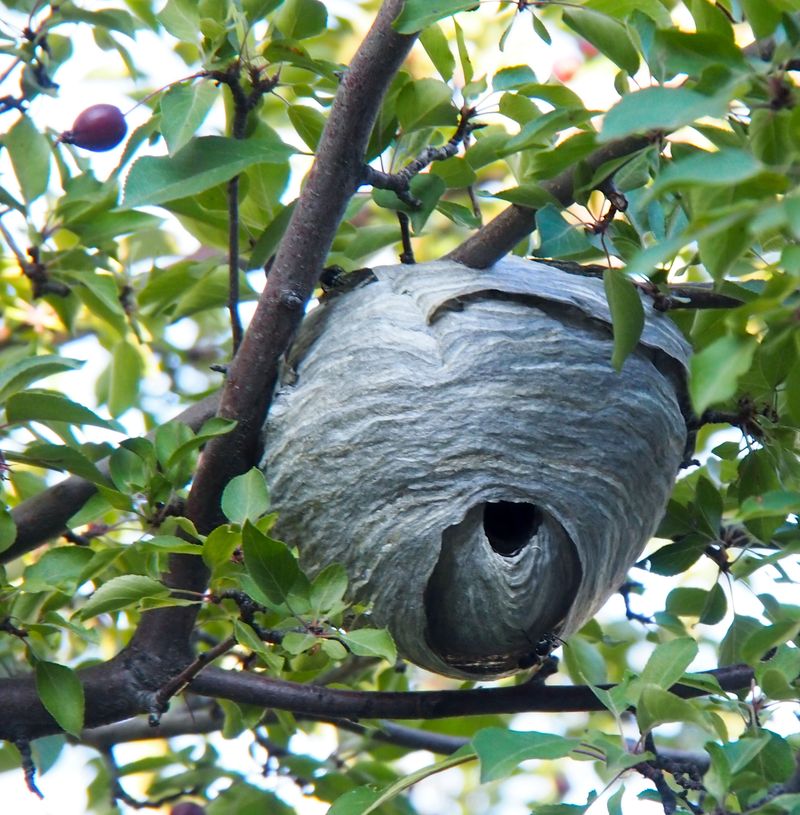
Bald-faced Hornets are known for their aggressive nature and large, paper-like nests. These hornets can sting repeatedly, injecting venom that causes pain and swelling.
Their distinctive black and white coloring makes them easily recognizable. Nests are usually found in trees or shrubs, often high off the ground.
Did you know? Despite their intimidating presence, Bald-faced Hornets help control pest populations by preying on other insects.
Cow Killer Ant
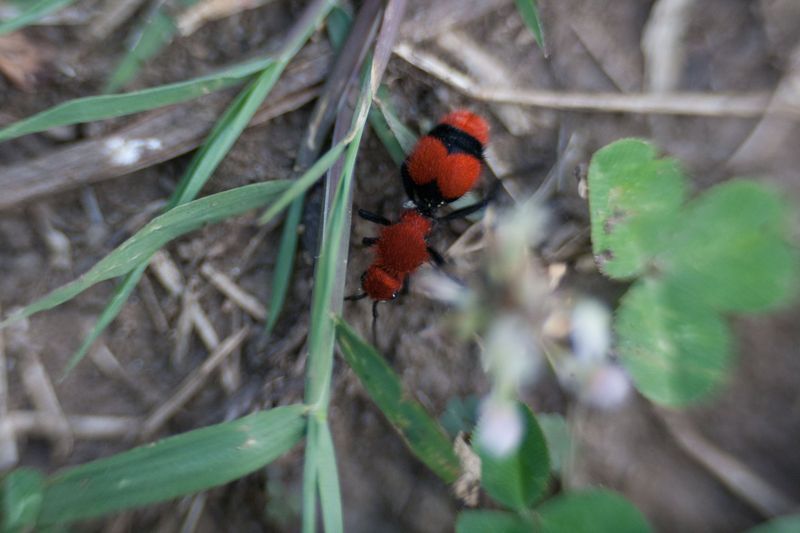
Also known as the Velvet Ant, the Cow Killer is actually a type of wasp. Its vibrant red and black coloring is a warning of its potent sting, which is said to be painful enough to “kill a cow.”
Females are wingless and often mistaken for ants. They can be found scurrying along sandy paths and lawns.
Fun fact: Despite its fearsome name, the Cow Killer Ant’s sting is not fatal to cows, but it is highly painful to humans.
Bumblebee
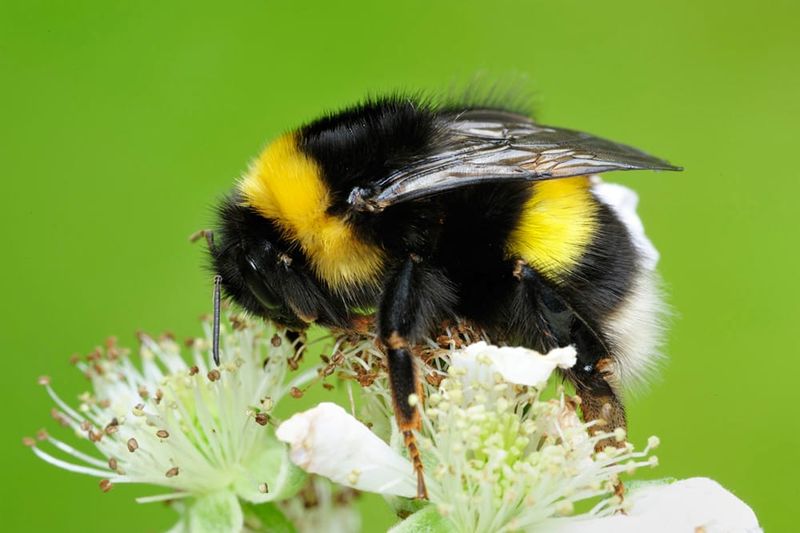
While generally considered gentle pollinators, Bumblebees can become aggressive if their nests are threatened. Their stings are painful, and unlike honeybees, they can sting multiple times.
Bumblebees are crucial for pollination, contributing to the growth of various fruits and vegetables. They are often found buzzing around gardens and fields.
Did you know? Bumblebees are among the few insects capable of “buzz pollination,” a technique that dislodges pollen more efficiently from flowers.
Cicada Killer
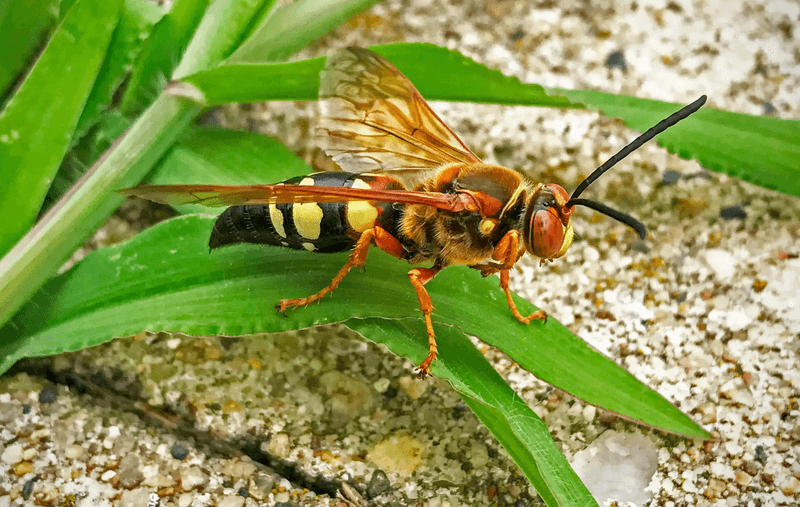
Cicada Killers are large, solitary wasps that prey on cicadas. Despite their menacing appearance, they are not aggressive towards humans.
These wasps dig burrows in sandy soil where they store paralyzed cicadas for their larvae to feed on. Their buzzing flight is often mistaken for that of a small bird.
Fun fact: Cicada Killers are more interested in hunting cicadas than stinging humans, making them less of a threat than they appear.
Hobo Spider
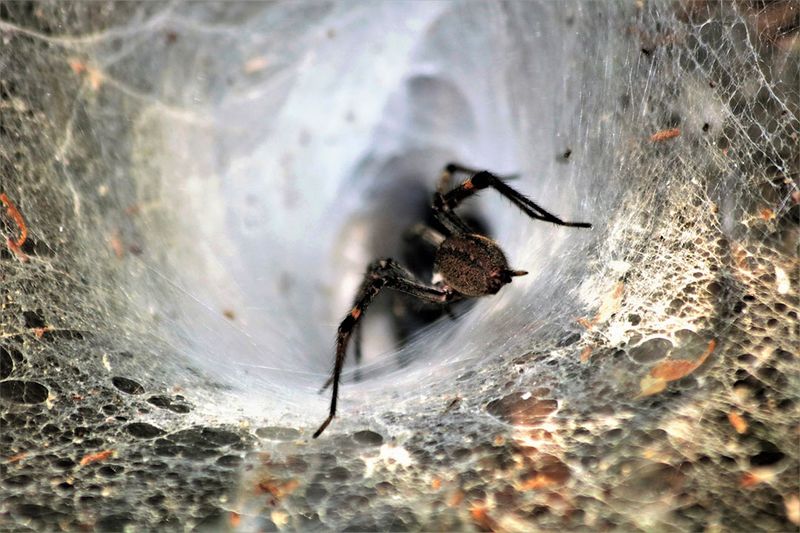
The Hobo Spider, often mistaken for other harmless varieties, is known for its funnel-shaped webs. While its bite can cause mild skin irritation, it is often wrongly accused of being more dangerous than it is.
Found in basements and dark corners, this spider prefers secluded areas. Their presence is usually indicated by their distinct webs.
Interesting tidbit: The Hobo Spider was once thought to be highly venomous, but recent studies suggest its bite is less harmful than previously believed.

